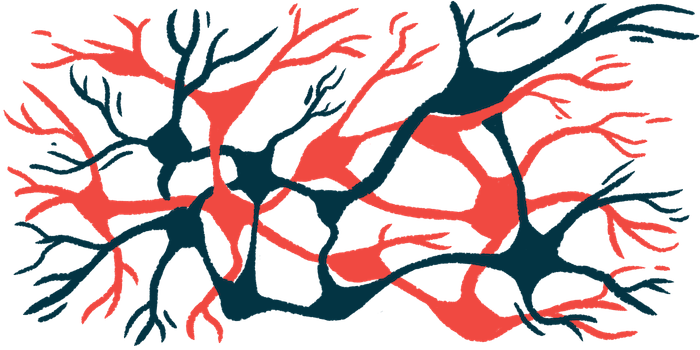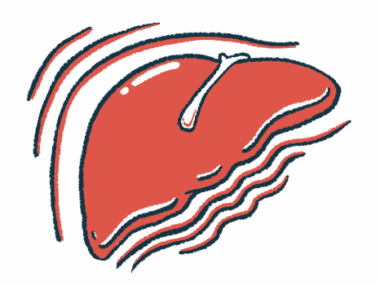SMA infants show loss of spinal motor, sensory neurons: Study
Data seen providing ‘new normal’ for research on pathology
Written by |

Young children with severe spinal muscular atrophy (SMA) have substantial loss of motor neurons in the thoracic region of the spinal cord, the area between the neck and the bottom of the ribs, a study found.
The study provides a detailed look at SMA pathology in the spinal cord, showing that spinal cord damage in SMA goes beyond motor neuron loss. The researchers said the findings provide “a baseline to measure treatment success and therapeutic limitations.”
“Our findings demonstrate that while motor neuron loss is a significant feature of SMA, pathology is not limited to the ventral horn,” an area that contains cell bodies of motor neurons that send projections to a type of muscle needed for movement and heart function, the researchers wrote.
The study, “A reassessment of spinal cord pathology in severe infantile spinal muscular atrophy,” was published in Neuropathology and Applied Neurobiology.
The researchers analyzed spinal cord tissue from SMA patients with severe disease who died in early childhood. They found that surviving neurons were smaller and commonly had signs of damage, and that changes may also affect sensory neurons in the spinal cord, which are activated by sensory input from the environment.
Thoracic neurons
SMA is caused by mutations in the SMN1 gene that result in low or no production of the survival motor neuron protein, or SMN. The loss of this protein particularly affects motor neurons, the nerve cells that control voluntary movements. These are progressively lost, leading to muscle weakness and wasting and other disease symptoms.
The disease affects lower motor neurons, the cell bodies of which reside in the ventral horn of the spinal cord. Thoracic motor neuron involvement may lead to respiratory failure, the leading cause of death in SMA patients.
The loss of thoracic neurons in the ventral side of the spinal cord had not been previously assessed in SMA patients.
To know more, researchers in Scotland and the U.S. analyzed spinal cord samples from six SMA patients and age-matched controls, obtained from several brain banks that collected the tissue during autopsies. Patients’ ages at death ranged from 7 days to 11 months, and all had either SMA type 0 or type 1, the most severe forms of SMA.
Results showed significantly fewer neurons in the ventral horn in SMA patients compared with controls, both when looking at density and at number per unit of spinal length. In general, the degree of neuronal loss increased with age.
The remaining ventral horn neurons were significantly smaller in SMA patients, as was the total volume of the ventral horn. Most neurons (65% on average) had an abnormal structure in SMA patients.
Patients who lived longer generally achieved more motor milestones. However, the number of thoracic motor neurons at the end of life was not an indicator of motor skills.
In the thoracic spinal cord, neurons of the Clarke’s nucleus — related to proprioceptive processing, which helps perceive the position and movement of the body — displayed signs of cellular damage and early neurodegenerative changes.
Regarding the development of the spinal cord, SMA patients had a 40% lower cross-sectional area — the area obtained when analyzing a horizontal cut of the spinal cord — than controls, both at birth and at one year. Area significantly increased during the first year of life in controls, but not in SMA patients.
Spinal cord gray matter, composed of neuronal cell bodies, did not increase in SMA patients during the first year of life, unlike in controls. White matter area (nerve fibers) increased, but at a slower rate.
Myelin structure was similar in controls and SMA patients. The myelin sheath is a protective coating around nerve fibers that helps them send electric signals more efficiently.
The findings “suggest that axonal [nerve fiber] loss or demyelination of … spinal cord tracts are not key events at the end of life in SMA,” the researchers wrote.
“These data provide a new normal upon which to base future research to further appreciate significant pathologies beyond the loss of … motor neurons in the spinal cord, evaluate the success of current therapies, and aid in the design of novel ones,” the team wrote.







